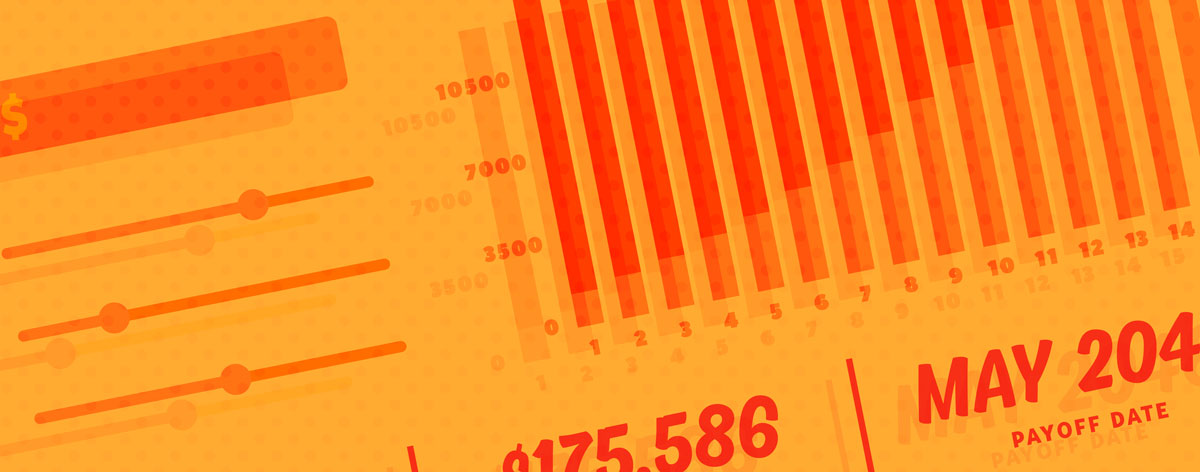

Types of Borrowing
The two most common types of borrowing are loans and credit cards.
When you take out a loan, you borrow an amount of money once and pay it back on a set schedule. You make payments, usually over multiple years, that include portions of what you borrowed (the loan principal) and a set percentage of that amount that you owe in interest. People often use loans to pay for expensive purchases like a house or car.
When you use a credit card, you borrow the money, pay it back, then borrow again. Credit cards have a credit limit, which is the cap on what you can borrow. If you’re at your credit limit, you cannot put any additional expenses on the card until you make a payment. Every month, you owe at least a minimum payment, and if you don’t fully pay off what you borrowed, you owe interest.
In general, interest on credit cards is much higher than interest on loans. One reason for this is that credit cards are unsecured, while loans tend to be secured. Essentially, this means that a loan is for a specific asset, while a credit card isn’t. For example, if you can’t make the payments on a car loan, the business that loaned you the money could take your car and sell it to pay for the loan. If you can’t make payments on the dinner you bought on your credit card, the credit card company can’t take that dinner back to pay for it. This makes lending money with a credit card more risky.
Making Payments
The most important thing to remember is that borrowed money must be returned, often with a little extra on top. It sounds obvious, but it can be challenging to remember in reality, especially when payments are higher than expected and you have multiple payments to consider. Take a look at the calculator below and adjust the inputs to see how the monthly payment and interest owed change. As you adjust the interest rate, you see that the higher the interest rate, the more interest you pay.
Another thing to keep in mind is the term and monthly payment. Borrowed money with a long term, or the amount of time to pay it off, tends to have lower monthly payments. But because you’re paying the money off for longer, you often pay more in total interest. Meanwhile, borrowed money with a shorter term often has higher monthly payments, but you pay less overall than with a longer term because there is reduced time to rack up interest.
When a borrower misses or makes a late payment, they are often late fees or other fees that can make paying back the debt even more difficult. Some lenders offer special low introductory interest rates. But missing a payment voids that original agreement, and can make the overall interest owed much higher. This is why it’s crucial to look at how much you’re borrowing overall, how much your payment is, and consider how that fits in your budget.
Risks and Benefits
Borrowing money makes it possible for people to buy things they couldn’t otherwise afford. For example, few people have enough money to buy a house or pay for a college education outright without borrowing money to cover at least part of it. Borrowing in these situations is common, but it isn’t without risk. Sometimes that risk outweighs the benefit. Owning a home is a great way to build wealth, and an education can increase your earning potential significantly. But if you go into debt for an education that won’t lead to enough income when you finish, you’ll struggle to pay back what you borrow. And if you borrow money for a house beyond what you can afford, making payments will be difficult.
Compare that to borrowing money to pay for smaller expenses, like food or clothing. Those payments should be much lower because the borrowed amounts are smaller, but it’s worth examining if this spending is necessary. There’s a difference between borrowing for necessities and borrowing for fancy five-star dinners and designer clothes. You may be putting yourself in debt without getting much back in return.
Borrowing Too Much Money
Even a little bit of borrowed money adds up over time. As soon as making payments becomes a struggle, that’s a sign of more debt than you can handle. Other signs include debt payments that are half or more of your income, only affording minimum payments on credit card bills, and one or more credit cards maxed out.
Large monthly debt payments leave you with less money to spend on other things. When this happens, you’ll likely have to cut down or completely cut out “wants” in your budget to make ends meet. If your debt payments become too high, you may even need to lower your “needs” payments.
Borrowing money spreads payments on purchases over a time—sometimes a very long time. While this can be extremely helpful, it’s also dangerous if you take on too much debt at once. Be thoughtful as you consider borrowing money, and realistic about what you can afford and what is too difficult to pay back.
Neither Banzai nor its sponsoring partners make any warranties or representations as to the accuracy, applicability, completeness, or suitability for any particular purpose of the information contained herein. Banzai and its sponsoring partners expressly disclaim any liability arising from the use or misuse of these materials and, by visiting this site, you agree to release Banzai and its sponsoring partners from any such liability. Do not rely upon the information provided in this content when making decisions regarding financial or legal matters without first consulting with a qualified, licensed professional.
